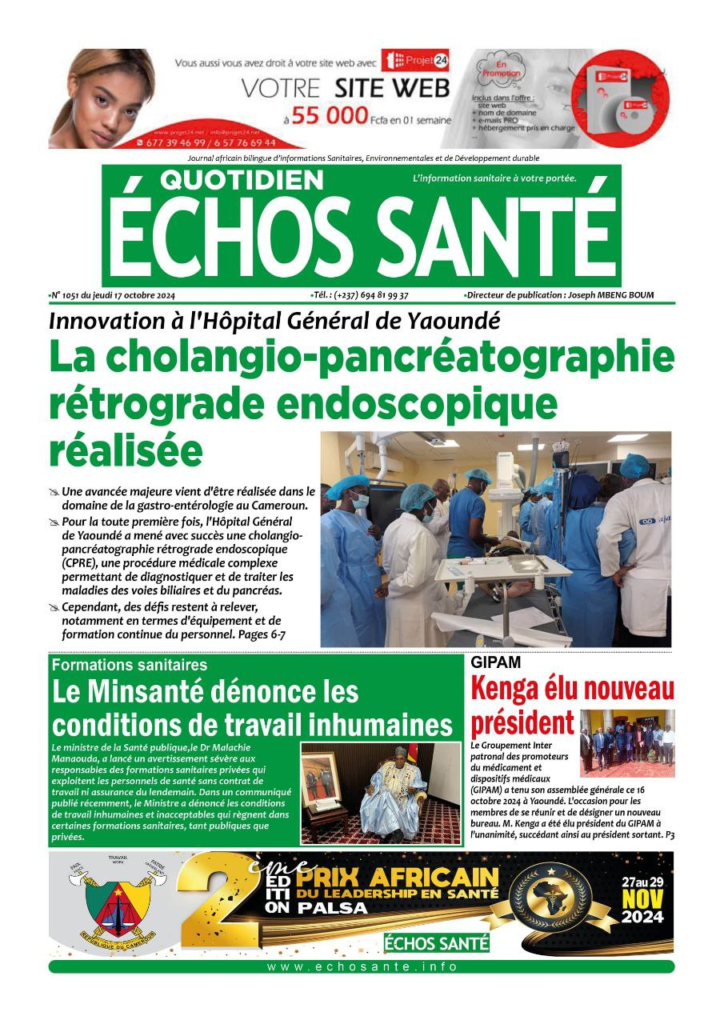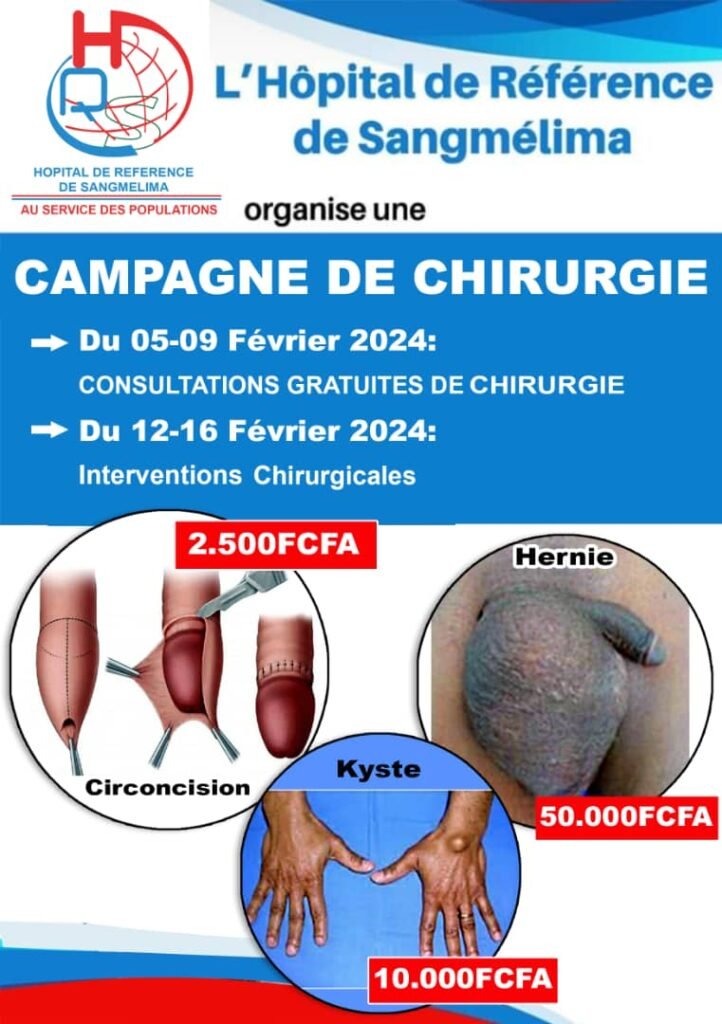
According to research published in the Journal of Blood Medicine, Patients with hemophilia A are at higher risk of bleeding when they participate in high-collision physical activity.
The prospective Study of Prophylaxis, ACtivity and Effectiveness (SPACE) included 54 patients without FVIII inhibitors receiving antihemophilic factor (recombinant) (rAHF). The study evaluated the effect of physical activity and timing of rAHF infusion on bleeding risk.
All patients had severe or moderately severe hemophilia A. They tracked activity and treatment with an eDiary app and a wearable activity tracker for 6 months. Participants ranged in age from 11 to 58 years. Most patients reported administering infusion before physical activity. Nearly 65% of patients infused more than 24 hours before starting physical activity.
A total of 31.5% (17/54) of patients reported no bleeding episodes during the 6-month period. The remaining 37 patients reported a total of 185 bleeding episodes, with a mean of 3.43 bleeds per person. A mean of 1.39 bleeds per person were related to physical activity.
Patients receiving prophylaxis (n=31) reported a mean of 1.26 bleeds related to activity, and patients receiving on-demand treatment (n=6) reported a mean of 2.29 bleeds as activity-related. Based on the eDiary entries, the risk of bleeding tended to increase with higher risk physical activity. Infusion timing was not correlated with activity-related bleeding risk.
Patients self-reported whether bleeds were spontaneous or activity-related, and some patients may have had difficulty distinguishing between the two. About one-third of participants were more than 60% compliant with entering data in the eDiary and activity tracker, which limits the results. Overall, time since rAHF infusion was not related to bleeding risk, but the risk of bleeds increased with more intense physical activity.
Everything You Need to Know about Hemophilia
Hemophilia (also spelled as haemophilia) is an inherited genetic disorder in which the blood’s capacity to clot is substantially impaired, causing one to bleed excessively even from minor injuries. World Hemophilia Day, which is marked on 17 April annually, is dedicated to raising awareness about hemophilia and other inherited bleeding disorders. This day is crucial because increased awareness about hemophilia would lead to better diagnosis and access to healthcare for millions. For the unversed, hemophilia (also spelled as haemophilia) is an inherited genetic disorder in which the blood’s capacity to clot is substantially impaired, causing one to bleed excessively even from minor injuries.
History
In 1937, Hemophilia was classified into two categories, A and B. But no effective treatment for the disorder was available at the time. The World Federation of Hemophilia (WFH) was established in 1963 to enhance treatment and care for all hemophilia patients. The WFH began observing World Hemophilia Day in 1989. It chose 17 April as the date to bring the community together and honour of WFH founder Frank Schnabel’s birthday.
Significance
World Hemophilia Day is significant since it is highlighting several inherited bleeding disorders that afflict people. The day also brings together people suffering from ailments like hemophilia and enables them to share their stories of living with the disease. Several institutions and individuals organise awareness campaigns, conferences, workshops, and other events on this day. Furthermore, landmarks and monuments in Australia, and around the world, glow red at night to support World Hemophilia Day.
World Hemophilia Day 2022 theme
This year, the theme for World Hemophilia Day is “Access for All: Partnership. Policy. Progress. Engaging your government, integrating inherited bleeding disorders into national policy”.
This theme is chosen to persuade governments all around the world to make bleeding disorders a priority in their national healthcare policies. According to the World Federation of Hemophilia, we can promote sustainable and equitable access to care and treatment for hemophilia and other inherited bleeding disorders, by bringing the health issue to the attention of lawmakers.
Ingrid KENGNE



















